By Pauline Weston Thomas for Fashion-Era.com
The Edwardian era (1901-1910), named after King Edward VII of England, was a time of great social and cultural change. This transition from the Victorian period brought about notable transformations in fashion, too.
One such iconic garment from this period is the Edwardian blouse, often also referred to as the "Gibson Girl" blouse because it was popularized by Charles Dana Gibson's illustrations of the idealized American woman of the time.
Here are some defining features of the Edwardian blouse:
High Collars: Many Edwardian blouses featured high necklines, often with lace or ruffled details.
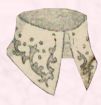
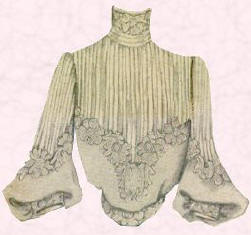
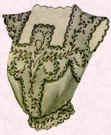
Lace and Embroidery: These blouses were often adorned with intricate lace, embroidery, or other decorative elements to showcase the delicate craftsmanship.
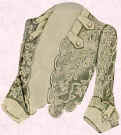
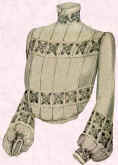

Full Sleeves: One of the distinct features of Edwardian blouses was their voluminous sleeves, which sometimes tapered at the wrists. This silhouette was sometimes referred to as a "bishop sleeve" or "leg-of-mutton" sleeve.
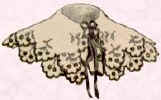
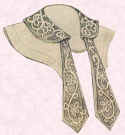

Tucks and Pleats: Many Edwardian blouses had tucks or pleats, usually in the front, to give them a structured yet feminine look.
Tailored Fit: While they were often quite detailed and decorative, these blouses also typically had a tailored fit, cinching at the waist and often worn tucked into skirts.
Light and Flowy Fabrics: The materials used for these blouses were often lightweight, like cotton, silk, or fine linen, making them suitable for the layered fashions of the day.
Camisoles: Given the sheer nature of some of these blouses, they were sometimes worn over camisoles to ensure modesty.


